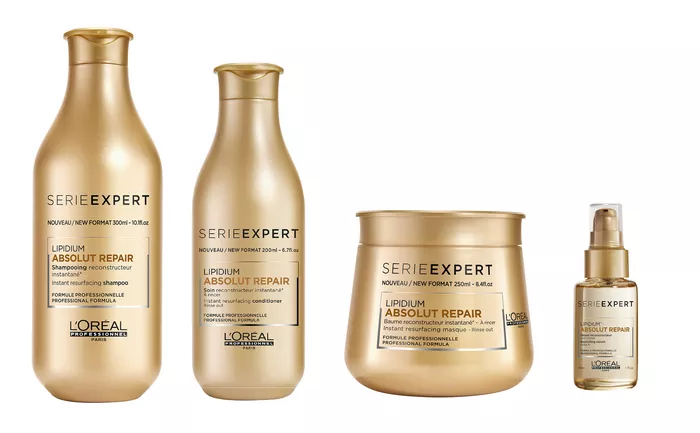The pursuit of silky, straight hair has led many individuals to embrace relaxers, but the damage they can inflict on the hair cannot be ignored. Overprocessing, breakage, and loss of natural moisture are common concerns for those who have undergone relaxer treatments. However, all hope is not lost; with the right care and attention, you can repair your hair and restore it to a healthier state.
1. Understanding Relaxer Damage
Before delving into the solutions, it’s crucial to understand the specific ways relaxers can damage hair. Relaxers work by breaking the protein bonds in the hair, altering its structure to achieve a straightened appearance. This chemical process weakens the hair shaft, making it more susceptible to damage. Over time, the combination of harsh chemicals and mechanical stress from styling can lead to dryness, brittleness, and breakage.
2. Assessing the Damage
The first step in repairing your hair after relaxer damage is to assess the extent of the harm. Take a close look at your hair’s texture, shine, and elasticity. If you notice excessive dryness, split ends, or a lack of bounce, your hair may be in need of repair. Additionally, consider consulting a professional stylist for a thorough assessment and personalized advice tailored to your hair type.
3. Deep Conditioning: Your Hair’s Best Friend
One of the most effective ways to revitalize your hair is through regular deep conditioning treatments. Opt for deep conditioning masks or treatments specifically designed for damaged hair. Look for products that contain ingredients like keratin, argan oil, and shea butter, as these can help replenish moisture and strengthen the hair shaft. Make deep conditioning a weekly ritual to gradually improve your hair’s health.
4. Protein Treatments for Strength
Relaxers compromise the protein structure of the hair, leading to weakened strands. Protein treatments are essential for restoring strength and elasticity. Choose a protein treatment that suits your hair type and apply it according to the product instructions. Keep in mind that excessive use of protein treatments can lead to stiffness, so strike a balance and adjust the frequency based on your hair’s response.
5. Trimming Away Damage
While it might be tempting to retain length, trimming damaged ends is crucial for promoting healthy hair growth. Regular trims help eliminate split ends and prevent further breakage. Consult with a professional stylist to determine the frequency and amount of trimming needed to gradually remove damaged sections while maintaining your desired style.
6. Moisture, Moisture, Moisture
Moisture is the key to combating dryness and promoting hair health. Invest in a high-quality moisturizing shampoo and conditioner, and make sure to follow a consistent hair care routine. Hydrating your hair regularly helps restore its natural moisture balance and improves its overall texture.
7. Protective Styling
Give your hair a break from heat styling and manipulation by opting for protective styles. Braids, twists, and buns can shield your hair from environmental stressors and minimize breakage. Be gentle when styling and avoid tight hairstyles that could cause additional damage.
8. Limiting Heat Exposure
Excessive heat styling can exacerbate damage caused by relaxers. If possible, reduce the frequency of heat styling and use lower heat settings when necessary. When using heat styling tools, always apply a heat protectant to create a barrier between your hair and the heat source.
9. Healthy Lifestyle Choices
Your hair’s health is closely linked to your overall well-being. Ensure you maintain a balanced diet, rich in vitamins and minerals essential for hair health. Stay hydrated, exercise regularly, and manage stress to promote optimal conditions for hair growth.
See Also: 10 Ways to Thicken Your Bangs: A Simple Guide
Conclusion
Repairing hair damaged by relaxers requires a consistent and holistic approach. By incorporating deep conditioning, protein treatments, regular trims, and healthy lifestyle choices into your routine, you can gradually restore your hair to its former glory. Patience is key, as the healing process takes time. Consult with a professional stylist for personalized advice and a tailored plan to address your specific hair concerns. With dedication and the right care, you can embark on a journey to healthier, more resilient hair.


